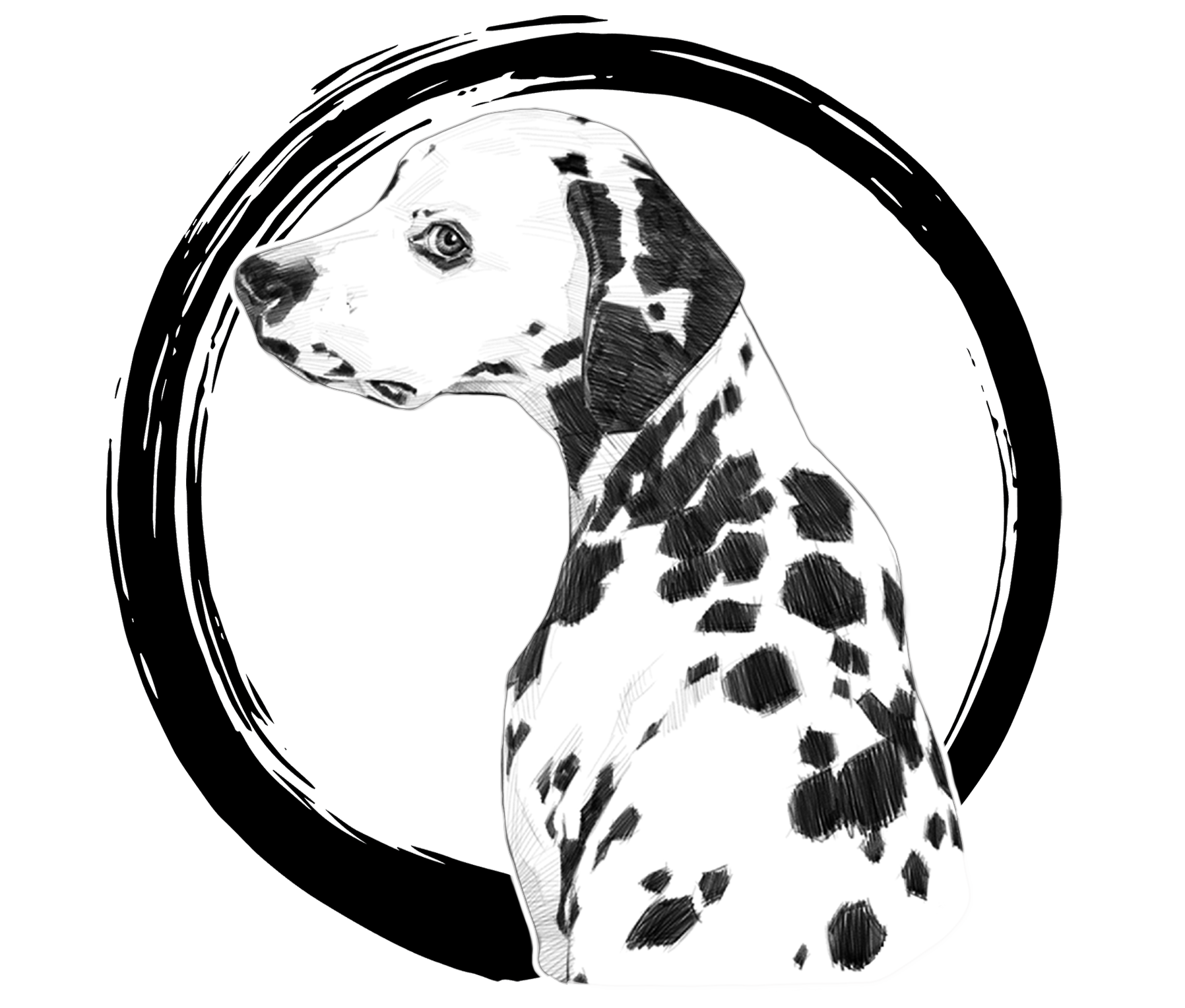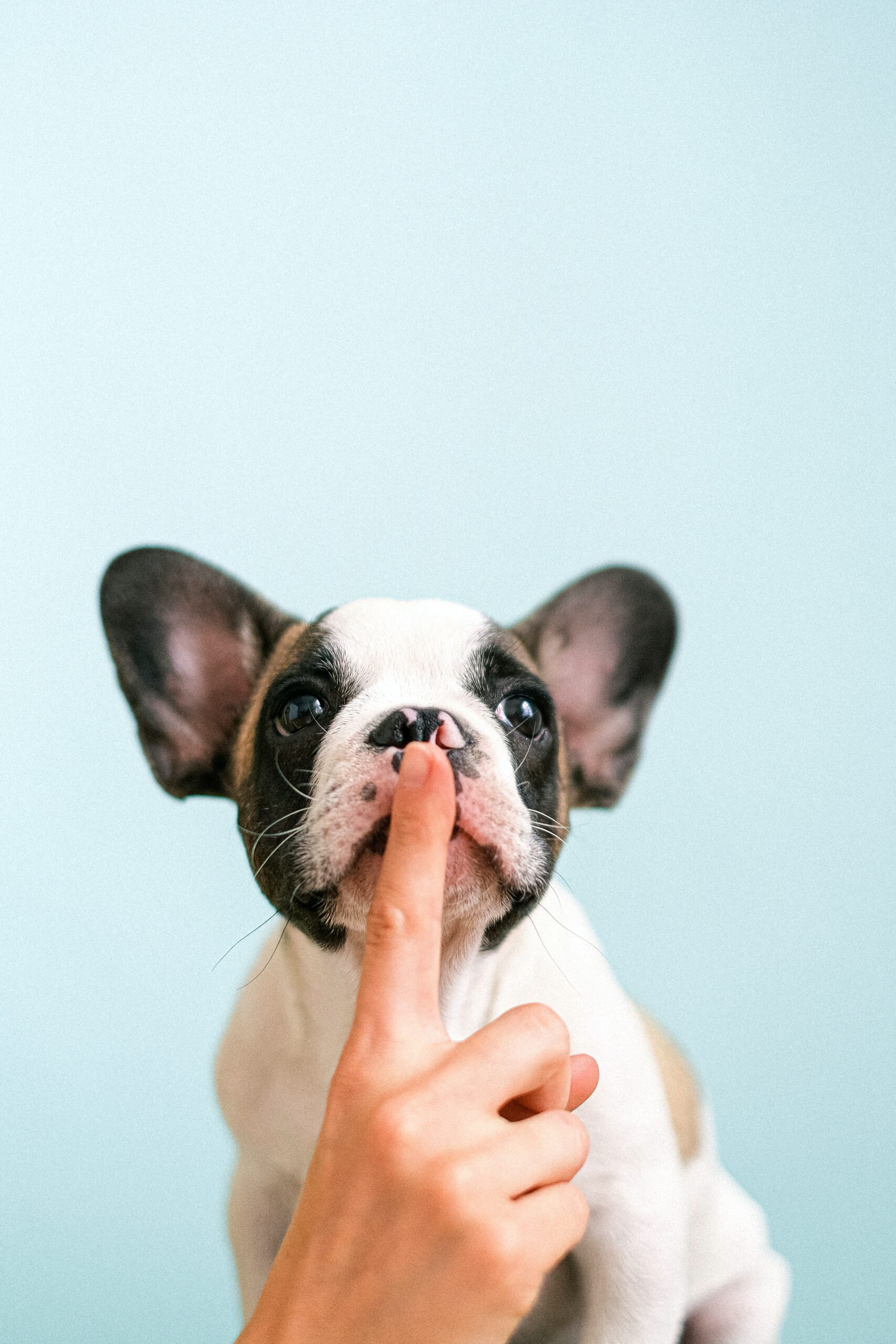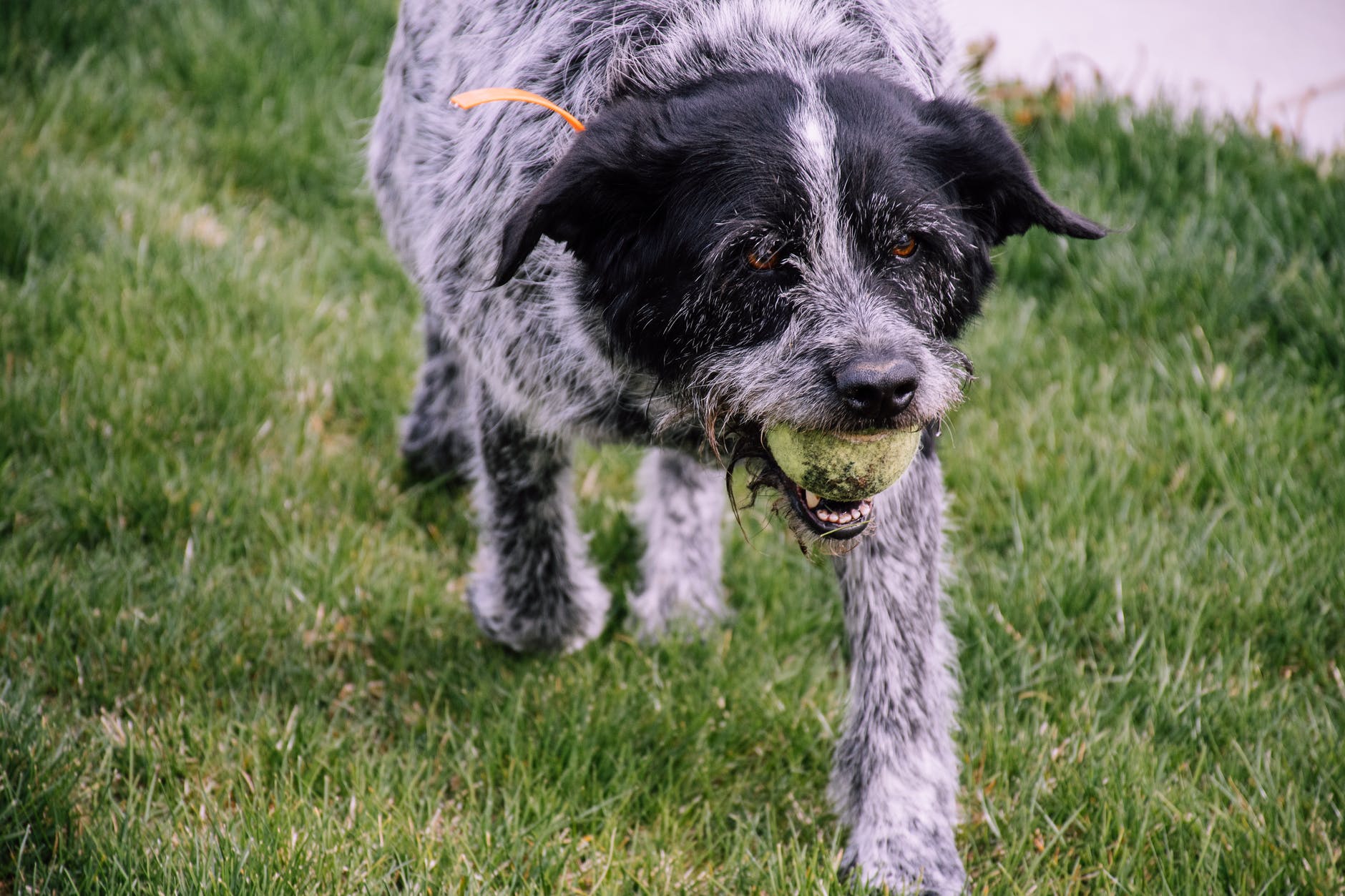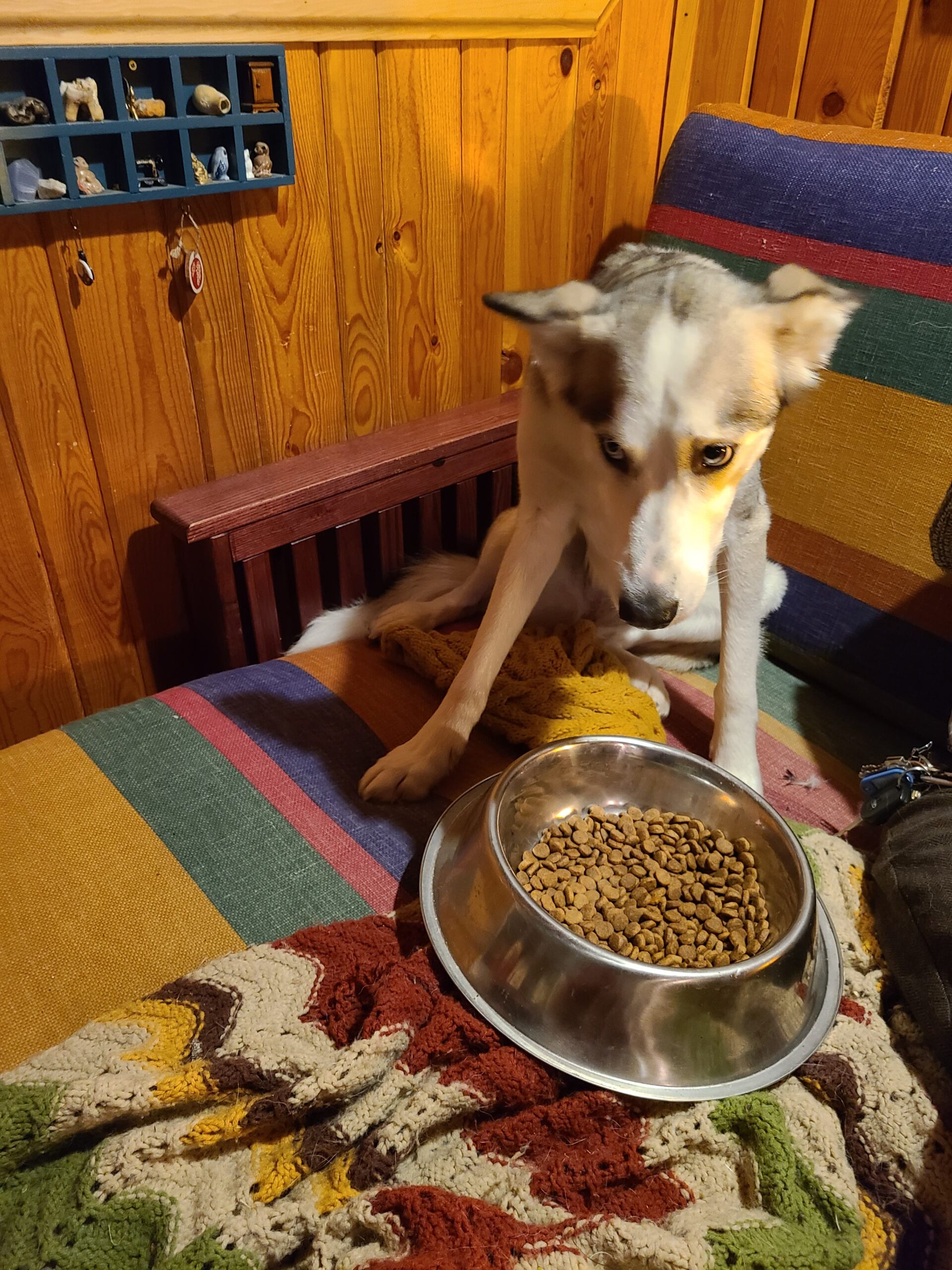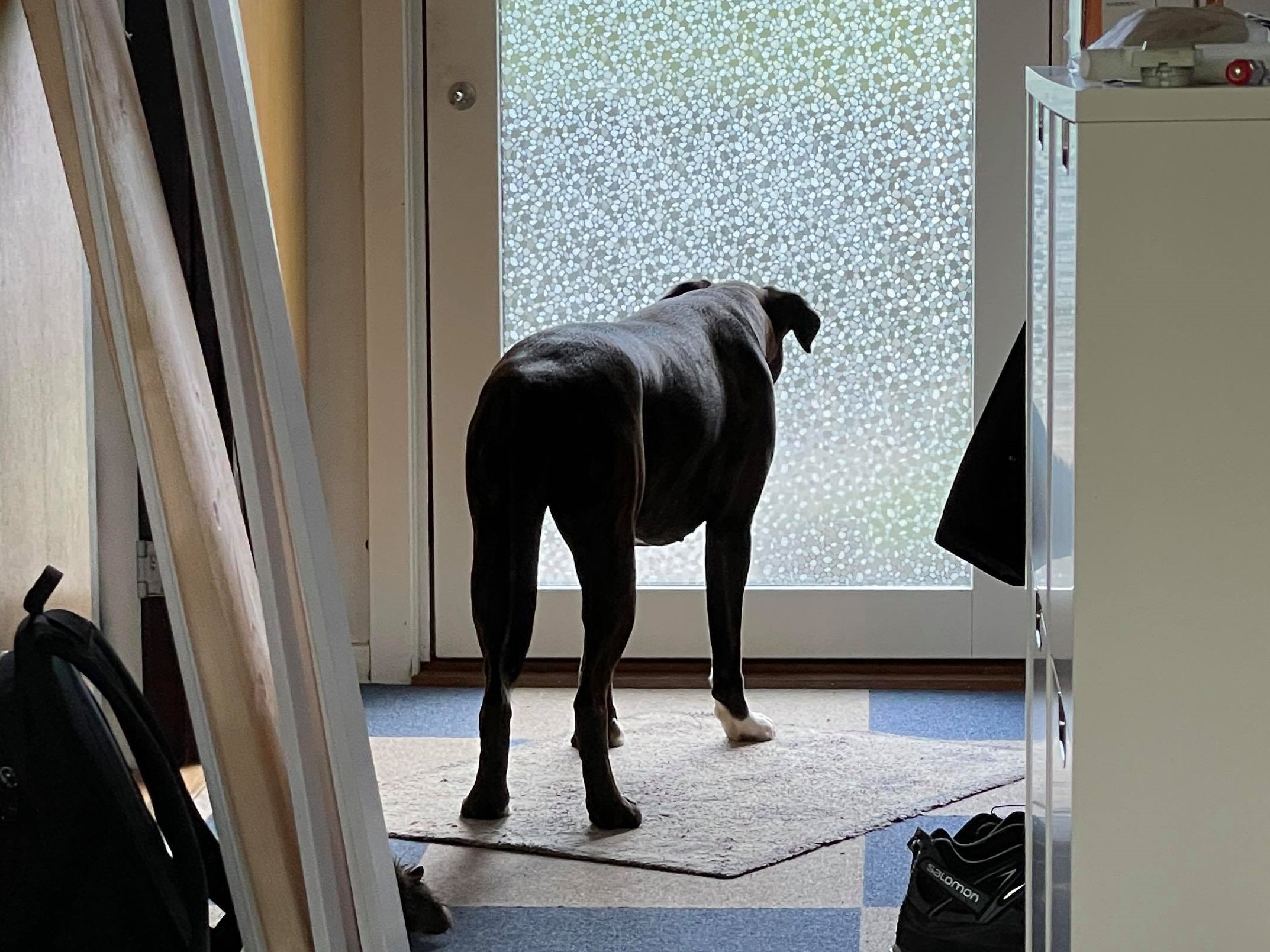Intra-household dog-dog aggression (dog fights in your home) isn’t easy to fix and if you can find a good home for one of the pups, it may be the easiest solution. However, it IS often possible to fix the problem. It will take patience, kindness, and careful management.
The basic idea is that you need to repair a damaged friendship.
Imagine if your best buddy had punched you in the nose–it might be hard to forgive him. And even if you did forgive him you’d probably be on edge around him for a while. Because of this, it is super important to prevent future fights–while it’s possible to repair a friendship, the more fights you have, the harder it is to repair.
Common reasons for fighting include illness, pain, stress, fear, over-arousal, and possessiveness. More about each of these below.
Illness and Pain
Just like us, dogs can be extra grumpy when they are feeling ill or in pain. Remember the last time you were sick or your back hurt? Our dogs are the same way. Get a veterinary exam, including bloodwork, on both dogs for possible medical causes of aggression. This includes checking for pain (arthritis, hip dysplasia, etc) as well as low thyroid hormone.
Management
Separate both dogs. This will allows their stress hormones to settle and give you some time to work with them on some base behaviors. Use baby gates, crate and rotate, send a dog over to a friends house to babysit.
Muzzle Train
Michael Shikasio and Chirag Patel have superb videos on how to muzzle train your dog so it isn’t stressful. Check them out. It’s truly golden stuff.
Reduce Stress
Reduce stress overall as much as possible. Think “Spa time”. Use this time to get your copy of Turid Rugas book on Calming signals or look these up on the internet. Memorize it–be a student of body language.
Training – Step 1:
Teach a positive interrupter and a callout. Kikopup has a phenomenal video on the positive interrupter, and we have a file on the callout in our files section. These will give you good (but not foolproof) tools on getting the dogs separated *before* they get into a fight. The call out is super important to practice about 100 to 1000 times before you ever actually use it in real life–you are building neural memory.
Training – Step 2:
After a week or two of the above, it’s time to start playing “open cupboard/closed cupboard”. I’ll post video below–the idea is to expose the dogs to the sight of the other dog and good things happen. This happens at a distance where no one is snarling or uncomfortable–remember that body language stuff? Watch for lip licking, avoiding eye contact, hard stare, and other signals your dog is not comfortable.
Training – Step 3:
Once the dogs are comfortable seeing each other, you can move a bit further forward and eventually hope to get where they can sniff across a babygate or other barrier (you are using your muzzles, right?). Let them sniff for three seconds and call them apart. Lots of happy vibes from the people. Leashes may be necessary for safety, but keep them loose if you can–leashes increase stress and aggression. Sniffing should be voluntary for both dogs, and mostly won’t be nose to nose–that’s OK! Go at their pace–good friendships don’t happen overnight.
Training – Step 4:
Life….if all has gone well, it’s now time to start re-integrating your pack. Do it in pairs to start with (if you have more than 2, do all possible combinations before having 3 together, etc). Watch body language. This is a good time to have dogs out together doing calm activities. If aggression escalates calm them away from each other–but do let them look at each other. Reward both dogs heavily if either dog de-escalates (turn away, avert gaze, lip lick, etc). After 3 seconds, call off any interactions that are not de-escalating on their own.
Training – Step 5:
Slowly start integrating your dogs into daily life. Pay total and complete attention to the dogs any time they are together for a long time. You will need to do this for months, maybe longer. Peace is hard won and easily broken. Do not leave the dogs alone together when you are not there to supervise.
Training – Step 6:
Integrate play and valuable bones slowly. Make sure to keep it relatively boring for a while. Gentle parallel play is a good way to reintroduce excitement. Jazz up-settle down is a good exercise to do separately, and later on, together (one person or more per dog, start with a divider in between).
Back up! Train Before Training!
If there is any resource guarding (toys, food, people, spaces) work on that separately at first, and then with the other dog present at a distance. Teach the dogs to respect the other dogs space by using your callout. Whole Dog Journal, Kikopup, and Grisha Stewart all have good information on resource guarding. The basics are the same for resource guarding from people as it is between dogs, but is MUCH more difficult to treat between dogs (you are trying to train two at a time!) so BE CAREFUL. Don’t push it too far.
This is a suggested general protocol and may not work for all dogs. It’s always a good idea to get a professional to help, but stop immediately and get pro help if it gets worse or does improve significantly in a 2 weeks.
Useful Links:
Trigger stacking by Donna Hill https://www.youtube.com/watch?v=IFGIRPAWcSM
Calming Signals by Turid Rugas https://www.dogwise.com/on-talking-terms-with-dogs-calming-signals-2nd-edition/
Muzzle training Chirag Patel https://www.youtube.com/watch?v=1FABgZTFvHo
Kikopup “Positive interrupter” https://www.youtube.com/watch?v=TBvPaqMZyo8
Coberly “Call out” https://www.facebook.com/groups/Dogtraining101/1434773103308131/
Glasgow Dog Trainer “Open cupboard/closed cupboard” https://www.youtube.com/watch?v=-9e4fcRJ6Eo
Callout by Caitlin Coberly
https://www.facebook.com/groups/Dogtraining101/permalink/1434773103308131/(7)
Jazz up settle down ( AniEd Ireland) https://www.youtube.com/watch?v=eXXEZdEDyZw
Jazz up settle down (Clever companions) https://www.youtube.com/watch?v=lMdn2nS7PuE
Jazz up settle down (Ian Dunbar) https://www.youtube.com/watch?v=-5Sk18My6yo
Resources for resource guarding
https://www.youtube.com/watch?v=xDeAKj2etMs
https://www.youtube.com/watch?v=2nyt2WLdQGs
http://www.whole-dog-journal.com/issues/14_10/features/Resource-Guarding-Behavior-Modification_20368-1.html
http://grishastewart.com/resource-guarding/
Find pro trainers HERE
https://www.facebook.com/groups/Dogtraining101/permalink/1808998265885611/
www.petprofessionals.com
Check out this youtube video of me with my dogs during breakfast–yes, you can do it too!
